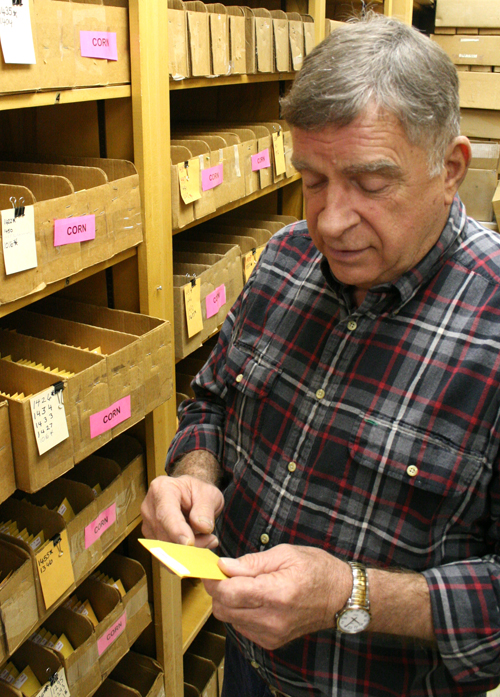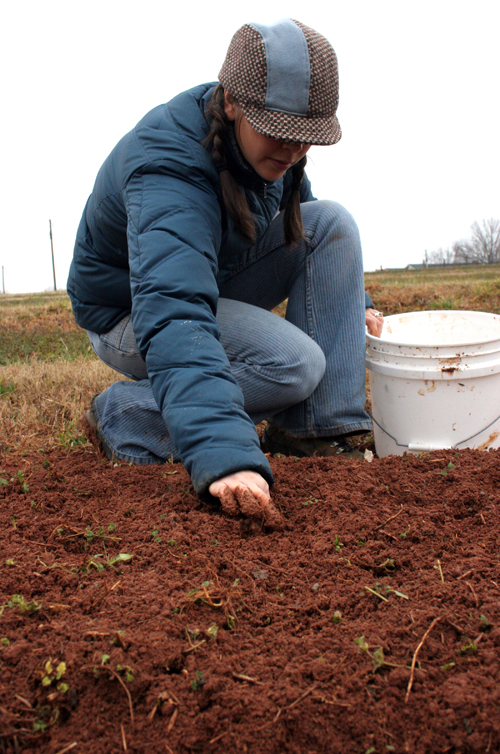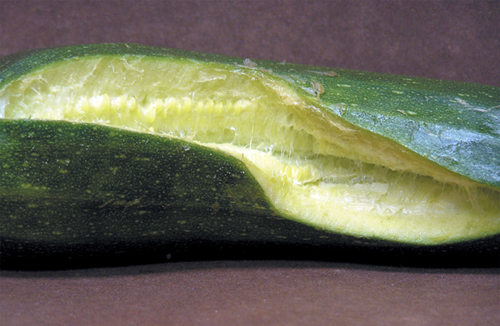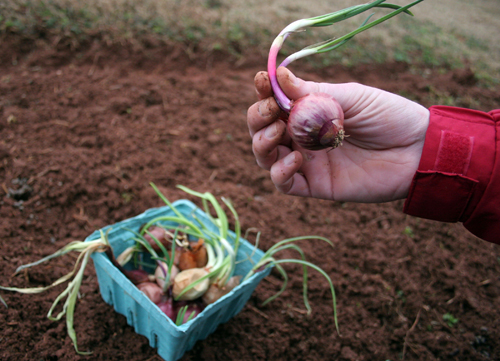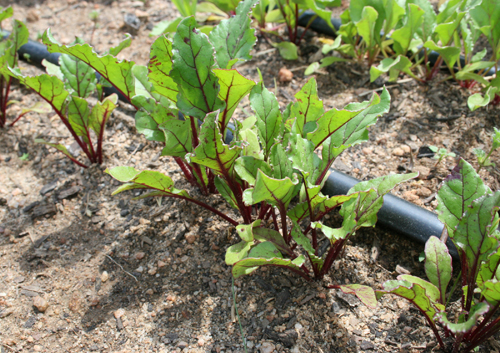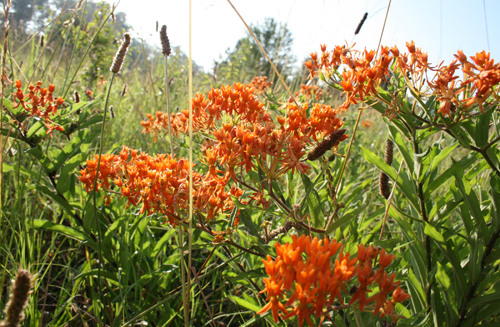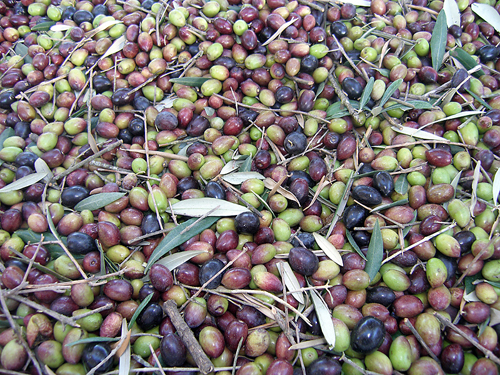 CAES News
CAES News
Georgia Olives
Georgia is known worldwide for producing poultry, peaches and peanuts, along with many other crops. Some south Georgia blueberry farmers hope to add olives to that agricultural reputation.

